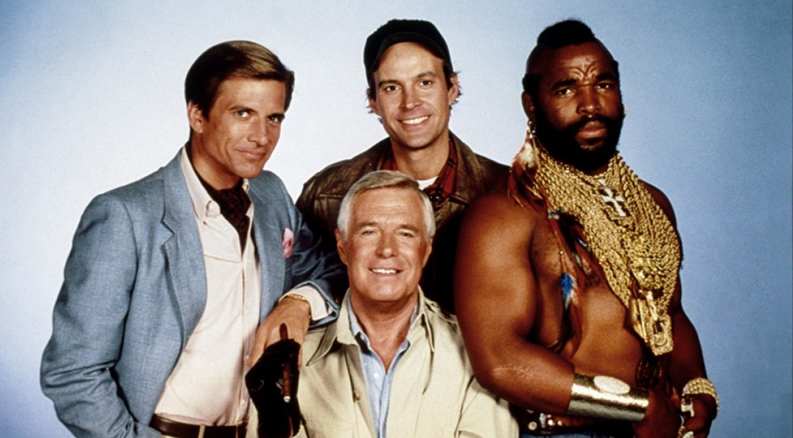I admit it: when it comes to this kung-fu stuff, I’m pretty much a novice. I know Jackie Chan and Jet Li and Sammo Hung and Donnie Yen, and innumerable viewings of Iron Monkey have even enabled me to sort-of recognize Yu-Rong Guang. That, my friends, is about the extent of it for me. Like any acolyte, I’m acutely aware of my lack of knowledge, and so I embrace both the masterpieces and the dreck as one who can learn equally well from either.
Godfather’s Daughter—or The Godfather’s Daughter Mafia Blues to give its original Hong Kong title—lands pretty neatly in the middle of those extremes. It begins about 15 minutes before it ought to and stubbornly tries to turn its perfunctory gang-war plot into a mini-Leone-style epic. The skinny: the good crime family, headed by Li Hwa-yu (Alex Man, playing the titular Godfather), is soon set upon by the bad crime family, headed by the young and ambitious Kuyama (Ken Lo). Anna (Japanese star Yukari Oshima), the Godfather’s daughter, tries to fight back on her proud and rather dithering father’s behalf, and is aided by new gang recruit Wai (Mark Cheng), ostensibly there to keep her out of trouble. Li is eventually killed, and it’s up to Anna and Wai to Even the Score.
There’s quite a bit more, including subplots about betrayal and embezzlement that chiefly serve to illustrate how ill-suited the elder Li is to lead an aggressive criminal enterprise, though the film plainly wants us to see him as a man of honor suddenly forced to contend with savages who don’t respect the rules. Sound familiar? Of course it does. Not to worry; we’re here for the fighting, and it’s worth the wait.
The star of the film, though she doesn’t appear until the 15-minute mark, is Oshima. Oshima is cute in a pert, unglamorous way; her Dorothy Hamil cut and fuzzy pink track suit seem chosen for their plain functionality rather than their stylishness. All the more satisfying, then, to see her turn into a writhing, ass-kicking dynamo about halfway through the film. A sexier performer wouldn’t have been as effective; unlike, say, Jennifer Garner in Daredevil, who’s so physically perfect her fighting skills seem just part of the package, Oshima looks like a gal who worked to be able to do what she does, and sure enough, she works her tail off in this movie. Her first show-stopping fight scene takes place in a health club, where she leaps and twirls around the equipment while fending off half a dozen attackers, getting thrown through the occasional wall or glass table in the process. Her fighting is balletic and yet laced with savagery; it’s Oshima’s anger in the action scenes that gives Godfather’s Daughter its most intense moments.
Fighting alongside Oshima is Mark Cheng, whose laconic presence keeps the movie watchable in its dull first act. Cheng’s fighting is cleaner and less wild than Oshima’s, but he’s still terrific to look at, a worthy action hero in his own right. His main role in Godfather’s Daughter is to show up and rescue Anna in the nick of time, a routine that got a bit tiresome after a while. Still, no complaints—this is definitely a duo that keeps your attention.
Ken Lo rounds things out as bad guy Kuyama, spending the movie in an array of rich gangster clothes with one conspicuous exception, the aforementioned health club fight wherein he appears shirtless and in tight sweatpants. Lo is strikingly good looking, and I assume the decision to show him fighting nearly naked wasn’t made on a whim. Fans of Jackie Chan’s Drunken Master II remember Lo, of course, as the kickboxing colonial stooge who kicks Jackie onto the bed of hot coals and then proceeds to nearly kick him to death; there was something downright scary in Lo’s fighting in that film, as even Jackie couldn’t quite anticipate where the next lightning-fast kick was going to come from. Sadly, nothing Lo does here compares to his work in that film. His chief role, as I say, is to look handsome and dangerous, and he certainly does that well enough. Even his climactic scene is a small let-down: he fights Cheng with a katana, or short-bladed Japanese sword, and the scene would’ve been more effective had we not just seen Oshima fight off another character wielding a chef’s knife in a claustrophobic Hong Kong apartment; the feral menace of that scene makes much of what follows an anti-climax.
Minor reservations aside, Godfather’s Daughter is a fine example of a pretty good HK action movie: nothing stellar, a little slow or silly here and there, but with enough great action and martial arts to make it worth your while. And the DVD, I must add, offers some great Chinglish. “Beat her as she brings us trouble!”
